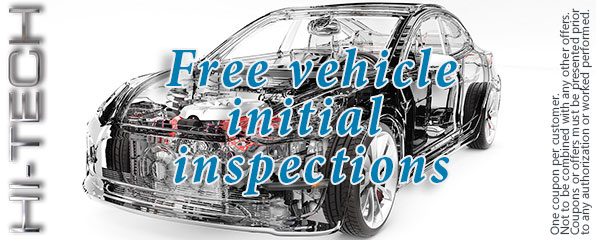Decarbonizing GDI Engines with Walnut Blasting: A Comprehensive Procedure
Gasoline Direct Injection (GDI) engines, while known for their efficiency and performance, often suffer from carbon build-up on intake valves. Unlike traditional port injection engines, GDI engines inject fuel directly into the combustion chamber, bypassing the intake valves. This lack of fuel-washing over the valves leads to carbon deposits, which can cause poor engine performance, reduced fuel efficiency, and potential mechanical issues over time. One effective method for decarbonizing GDI engines is walnut blasting, a technique that uses crushed walnut shells to clean the carbon deposits without damaging the engine components.

Step-by-Step Procedure for Walnut Blasting
-
Preparation and Safety Measures:
- Begin by disconnecting the vehicle’s battery and ensuring the engine is cool to prevent burns.
- Wear safety glasses and gloves to protect against debris and dust.
- Gather the necessary tools: a walnut blaster (typically a media blasting gun), crushed walnut shells (specific to engine cleaning), an air compressor, a vacuum system, and a variety of wrenches and screwdrivers.
-
Remove Necessary Engine Components:
- Start by removing the intake manifold, which typically involves disconnecting various sensors, hoses, and electrical connections.
- Carefully remove the manifold, exposing the intake valves. Each valve should be visible inside its respective intake port.
-
Inspect for Carbon Buildup:
- Before proceeding with walnut blasting, inspect the intake valves for the extent of carbon buildup. GDI engines can accumulate significant carbon deposits over time, especially on the valves closest to the fuel injector.
- Use a flashlight and borescope to check the condition of each valve. This will help determine how aggressive the cleaning needs to be.
-
Set Up the Walnut Blaster:
- Attach the walnut blaster to the air compressor. Make sure the pressure settings are within the manufacturer’s guidelines (typically between 70-90 PSI).
- Fill the blaster’s hopper with crushed walnut shells. These shells are ideal because they are abrasive enough to remove carbon without damaging the metal surfaces of the engine.
- Set up a vacuum system around the intake ports to prevent walnut shell particles from entering the engine or other critical areas.
-
Blasting Process:
- Start blasting the intake valves one at a time. Insert the nozzle of the blaster into the intake port and begin spraying the walnut shells over the carbon deposits.
- Move the nozzle in a circular motion to ensure even coverage and removal of the carbon.
- Simultaneously, the vacuum system should be running to extract the used walnut shells and carbon debris.
- Continue blasting each valve until all visible carbon is removed. This process can take anywhere from 10 to 30 minutes per valve, depending on the severity of the buildup.
-
Final Inspection and Clean-Up:
- After blasting all intake valves, perform a final inspection using the borescope to ensure that the carbon has been thoroughly removed.
- Use a vacuum to remove any remaining walnut shell particles or loose debris inside the intake ports.
- Clean the intake manifold and any surrounding components before reinstallation.
-
Reassemble the Engine:
- Reinstall the intake manifold, reconnect all sensors, hoses, and electrical components.
- Double-check all connections to ensure there are no vacuum leaks or misalignments.
- Reconnect the battery and start the engine to ensure everything is functioning correctly.
Benefits of Walnut Blasting for GDI Engines:
- Restored Engine Performance: Carbon buildup on the intake valves can severely impact airflow, leading to reduced power. Walnut blasting restores optimal airflow and combustion.
- Improved Fuel Efficiency: With clean intake valves, the engine can breathe more easily, improving fuel economy.
- Extended Engine Life: Regular decarbonizing can prevent long-term damage to engine components, reducing the risk of costly repairs.
- Environmentally Friendly: Walnut shells are biodegradable and non-toxic, making them a safer alternative to chemical cleaners.
Walnut blasting is a cost-effective and highly efficient method for removing carbon buildup from GDI engines. By following this procedure, you can maintain your engine’s health, improve its performance, and extend its lifespan.




